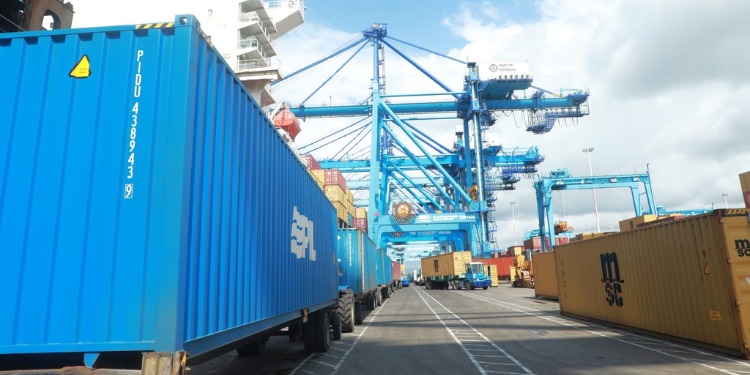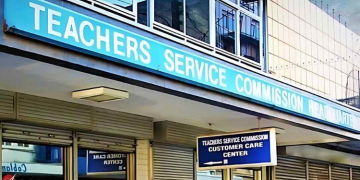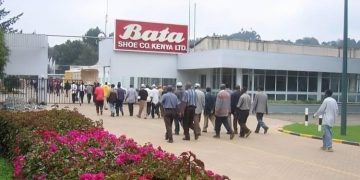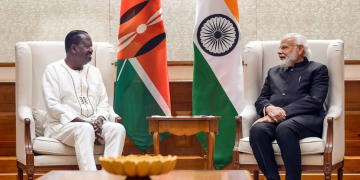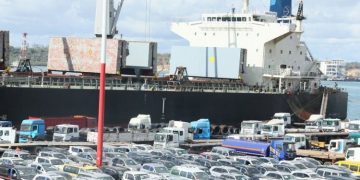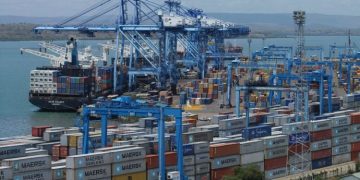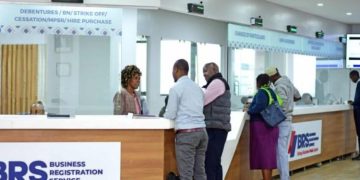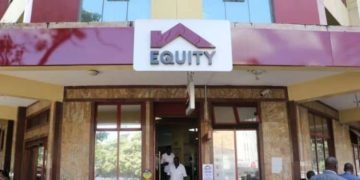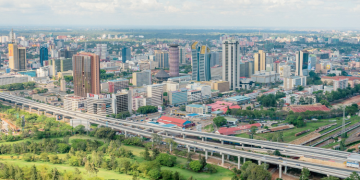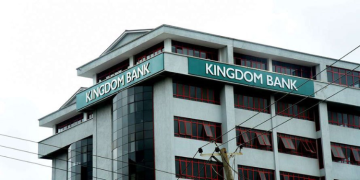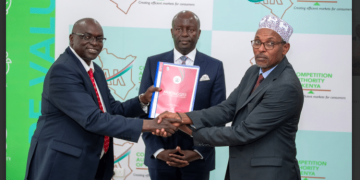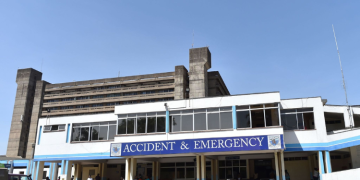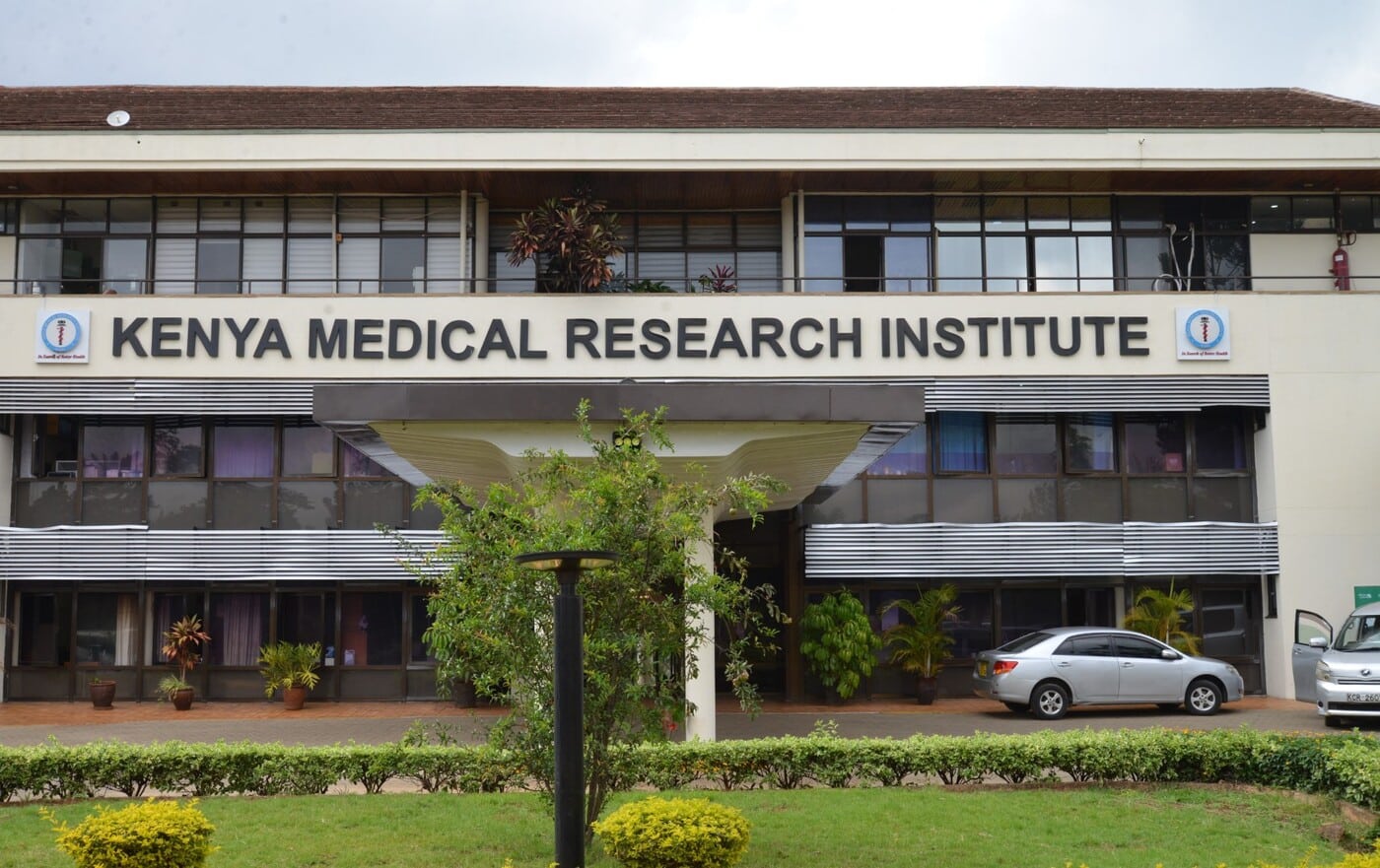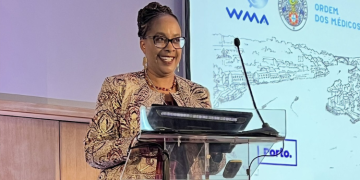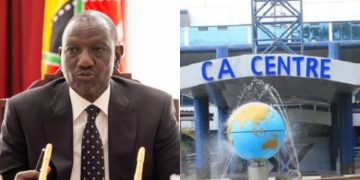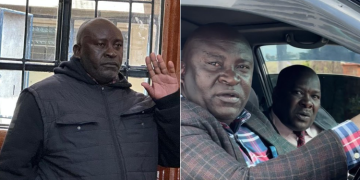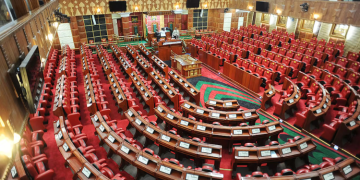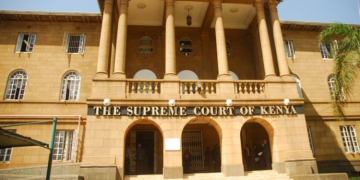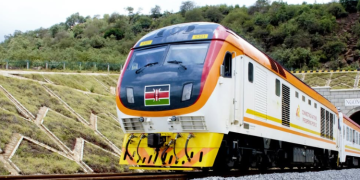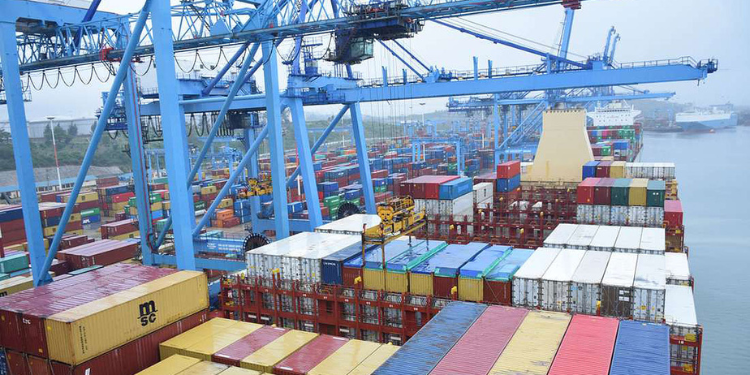The Kenya Ports Authority (KPA) has issued a notice to cargo owners regarding the removal of long-stay containers from the Port of Mombasa.
In a statement dated October 15, the Kenya Ports Authority announced waivers for both domestic and transit cargo that have overstayed at the port.
“Kenya Ports Authority hereby gives notice to cargo owners on removal of long stay containers from the Port of Mombasa,” read part of the notice.
Kenya Ports Authority Offers 80% Waiver on Long-Stay Containers
Under the directive, domestic and transit containers that have remained at the port for more than 21 days may qualify for an 80% waiver on port storage charges, provided affected cargo owners submit a waiver application.
For transit containers that are not cleared within the notice period, KPA has warned that they will be transferred to the Naivasha Inland Container Depot (ICD) at the owner’s cost. Standard storage charges will apply from the date the container landed in Mombasa.
The notice comes as part of KPA’s ongoing efforts to manage container dwell time and improve cargo flow at the busy port. Cargo owners are urged to act promptly to take advantage of the waiver and avoid additional costs.
The notice is valid until 6th November 2025.
Also Read: KPA Issues Urgent Notice on Containers and Cargo at Mombasa Port
Process of Clearing Cargo at Mombasa Port
When goods arrive by ship, they are listed on the ship’s manifest, and the consignee or agent must have the Bill of Lading. Containers are either stacked at the port yard or moved to a Container Freight Station (CFS) for easier inspection and clearance.
Key documents required include the Bill of Lading, Commercial Invoice, Packing List, Import Declaration Form (IDF), PIN Certificate, and any relevant permits or certificates.
A clearing and forwarding agent typically handles customs entry, classifies cargo, and calculates CIF value for duty purposes.
Also Read: KPA Releases Designs of State-Of-The-Art Terminal at Kisumu Port
Customs assigns a channel (Green, Yellow, or Red) for inspection, and duties and taxes are paid via KRA’s designated banks or online. Port and shipping line charges, including handling fees, wharfage, and possible demurrage, must also be settled.
Customs and other agencies, such as KEBS and KEPHIS, may inspect containers to verify contents and compliance. Once inspections and payments are complete, a Release Order and Gate Pass are issued, allowing cargo pickup.
Full containers must be unloaded promptly, while less-than-container-load (LCL) goods are collected from the warehouse, with all items checked against the packing list.
At Mombasa Port, key agencies include KRA Customs and the Kenya Ports Authority (KPA). Importers should be aware of KPA procedures, as the authority manages port operations. KPA uses an ICT system called KWATOS to organize container pickups and streamline port activities.
Follow our WhatsApp Channel and X Account for real-time news updates.
